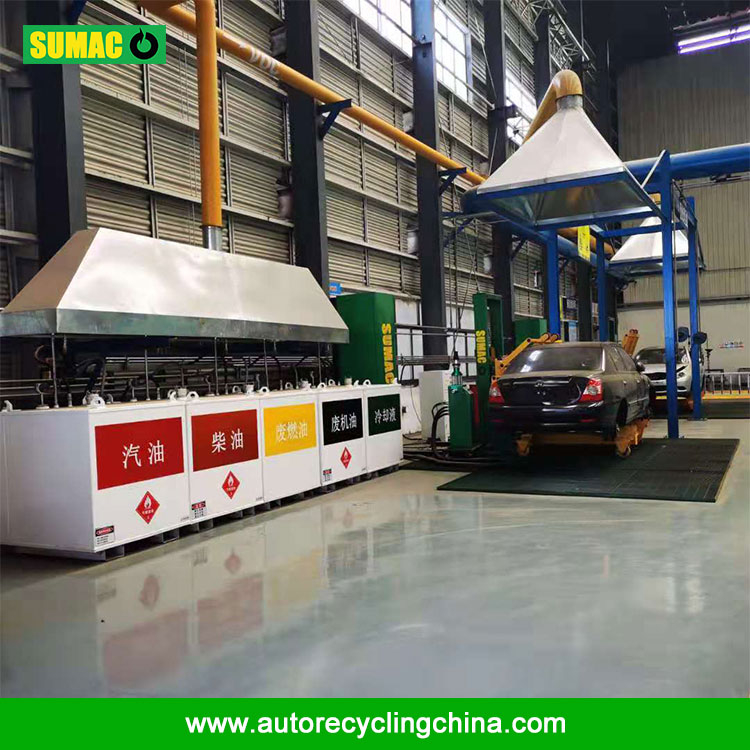To ensure a fuel tank with an integrated pump operates correctly, systematic testing of its fuel delivery, pressure, and sealing integrity is essential. Below are key steps to evaluate its performance:
1. Visual Inspection & Pre-Check
-
Check for Leaks: Inspect the tank, pump module, and fuel lines for cracks, corrosion, or wet spots indicating leaks.
-
Verify Electrical Connections: Ensure the pump’s wiring harness is securely connected and free of damage.
-
Listen for Pump Activation: Turn the ignition to "ON" (without starting the engine) to confirm the pump primes (a humming sound for 2–3 seconds).
-
-
2. Fuel Pressure Test
-
Attach a Pressure Gauge:
-
Connect a fuel pressure tester to the fuel rail (for EFI systems) or the pump outlet.
-
-
Compare to Specifications:
-
Start the engine or prime the pump; pressure should match OEM specs (e.g., 40–60 PSI for gasoline EFI, 10–30 PSI for diesel).
-
Low pressure indicates a weak pump, clogged filter, or leaking regulator.
-
No pressure suggests pump failure or electrical issues.
-
3. Flow Rate Test
-
Measure Fuel Delivery:
-
Disconnect the fuel return line and direct it into a container.
-
Activate the pump for 15 seconds; calculate flow (e.g., 1 liter in 30 seconds = 120 LPH).
-
Compare to the pump’s rated flow (e.g., 150–300 LPH for performance engines).
-
4. Electrical Diagnostics
-
Test Voltage & Current:
-
Use a multimeter to verify the pump receives 12V+ during operation.
-
Check amperage draw (typically 5–15A); abnormal readings suggest motor wear or blockage.
-
-
Inspect Grounds & Relays:
-
Faulty relays or corroded grounds can cause intermittent pump failure.
-
5. Sealing & Evap System Test
-
Pressure/Vacuum Test:
-
Seal the tank and apply 7–10 PSI of air; a pressure drop indicates leaks.
-
-
Smoke Test:
-
Introduce smoke into the EVAP system to detect vapor leaks (common for emissions compliance).
-
6. Noise & Vibration Check
-
Abnormal Sounds:
-
Whining or grinding noises suggest pump wear or cavitation (fuel starvation).
-
-
Excessive Vibration:
-
May indicate misalignment or a failing pump mount.

-
